Every October, Genesis Garcia molds and decorates hundreds of sugar skulls in preparation for Día de los Muertos (Day of the Dead).
“I start with a big bowl and three ingredients: sugar, water and meringue powder,” says Garcia. She mixes the ingredients together until it reaches “the consistency of humid sand.” Then, she fills her skull molds with the mixture and stamps them onto the counter to dry. A day or two later comes the fun part: decorating the skulls with swirls of royal icing, colorful sequins and gems. The decorations, which represent departed souls, are then placed on ofrendas, altars that honor the dead.
Día de los Muertos, traditionally celebrated Nov. 1–2, is widely observed by people of Latin American heritage to commemorate ancestors and loved ones who have died. Garcia ’18, ’19 MS, who is Mexican, Guatemalan and American, has celebrated the holiday with her family in Chicago all her life. Her paternal grandfather, a baker from Mexico, would prepare pan de muerto, a sweet bread traditionally baked for celebrations. Her Guatemalan maternal grandmother would make floral wreaths and papel picado, colorful banners, to hang up around family members’ gravesites. Then, for two days, they would light candles and place food and other offerings on their ofrendas.
Now, Garcia is following in her grandparents’ footsteps.
“I feel really connected to my grandparents’ legacy,” says Garcia, whose grandparents are deceased. “They were always the makers for this holiday. But I’m the first in my family to actually make the sugar skulls from scratch.” Previously, her family used store-bought sugar skulls.
Garcia, a management consultant at Accenture, was inspired to make sugar skulls in 2020, during the pandemic lockdowns. Initially, she made them for just her family. But after selling around 60 skulls on Facebook Marketplace that year, she decided to grow her hobby into a true small business called Chicago Calaveras.
Now Garcia hosts pop-up skull-decorating workshops across Chicago from late September to early November. She also sells DIY kits to customers nationwide. The skulls, which vary in size from a golf ball to a softball, can last for up to 10 years before they begin to break down.
Customers often ask Garcia to create skulls for them that honor their loved ones. Sometimes, Garcia says, her creations coincidentally resemble the strangers she is honoring — even though she hasn’t seen a photo of them. Garcia says those moments are “spine-chilling” — in a good way. “When that happens, I feel very validated by the work I’m doing and the people I’m serving,” she says.
Garcia has offered her pop-up sugar skull events at various branches of the Chicago Public Library system as well as local businesses and coffee shops. In 2021, one year after starting her business, she hosted three workshops. In 2023 she held 23.
But she doesn’t do it alone. What started as a family tradition continues to be so. Today, her dad helps make the skulls and her mother handles logistics and packaging. Garcia’s partner helps sell the skulls, and her sibling creates branding and marketing materials.
“It brings me joy to see this unite my family,” Garcia says. “We all put so much passion into the roles we play [so that] our traditions and culture live on.”
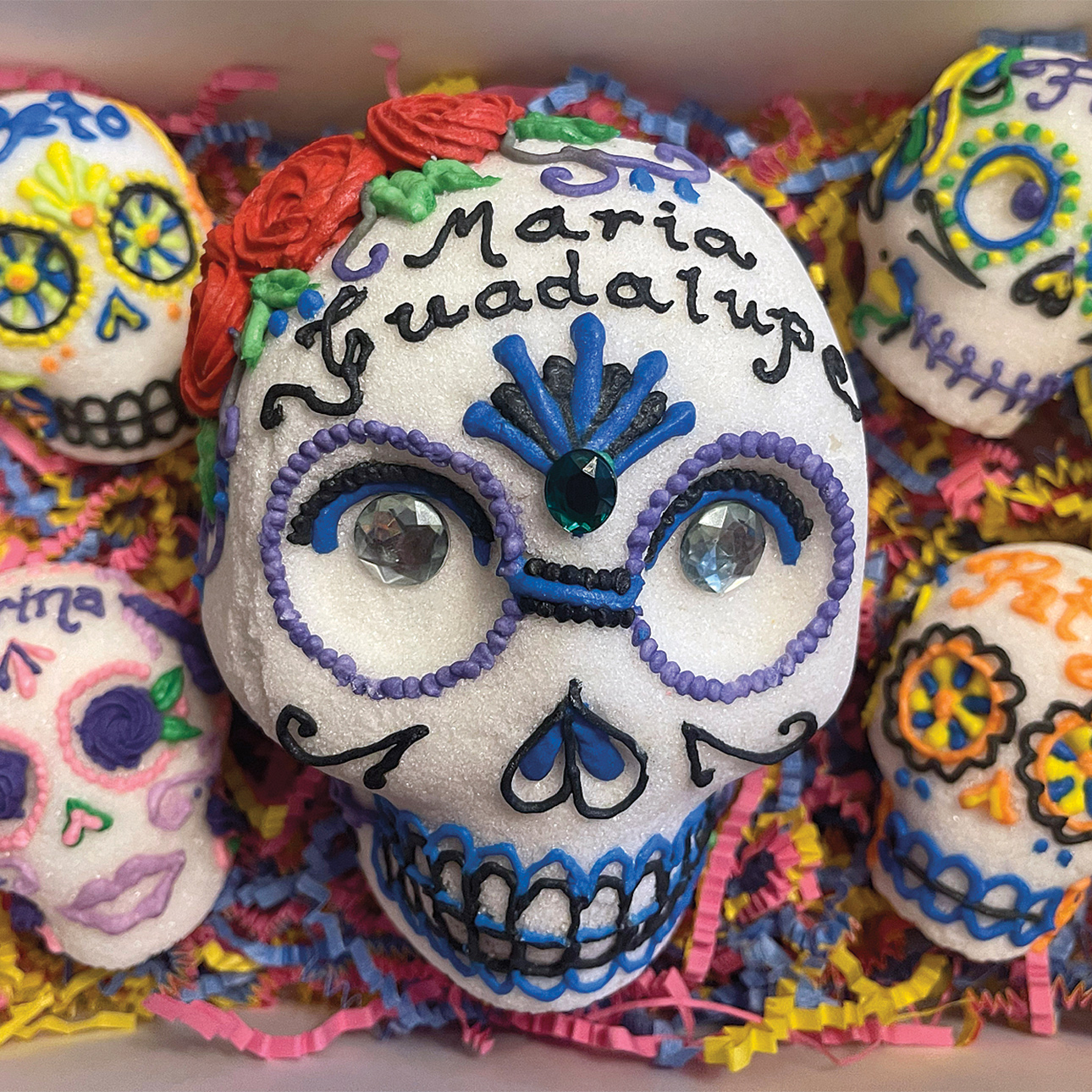
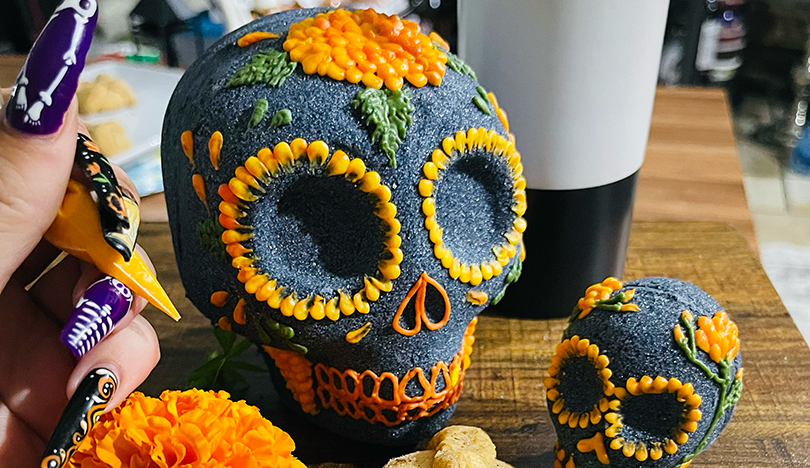
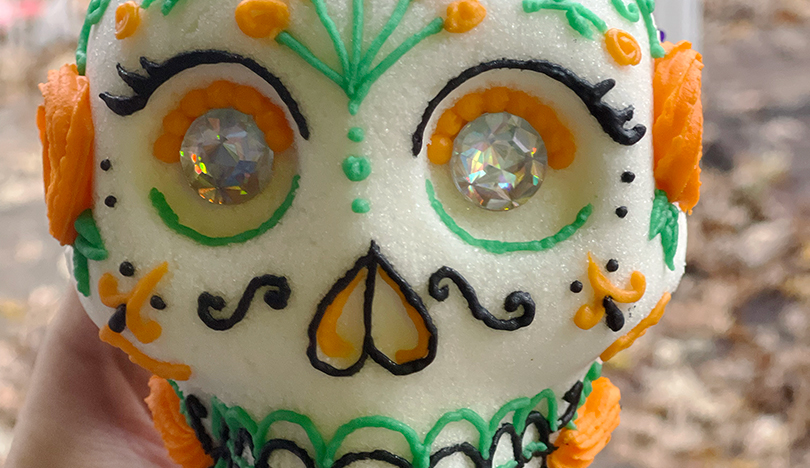
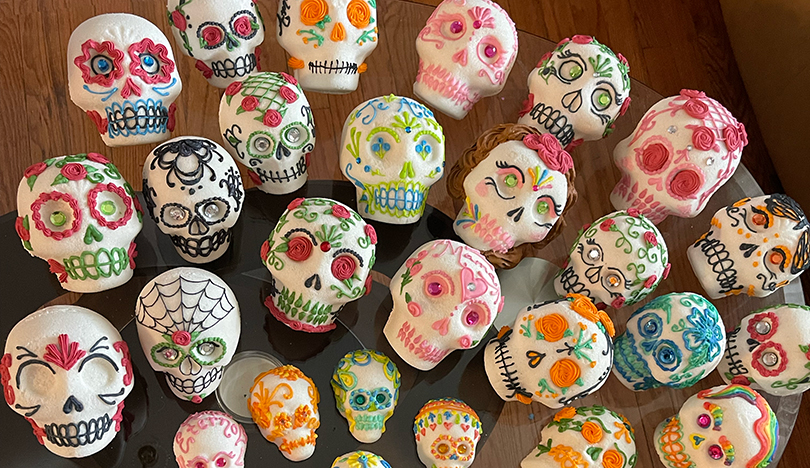
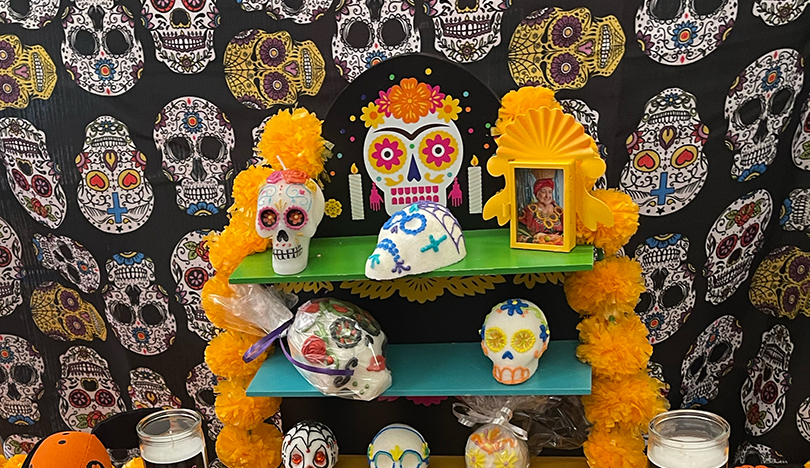

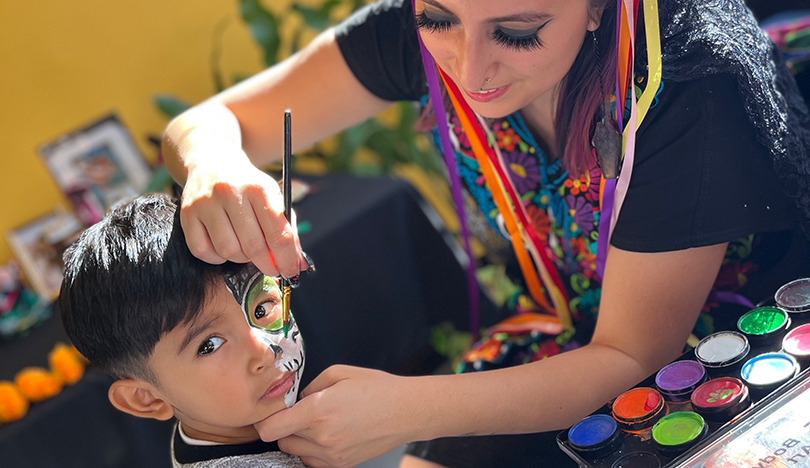


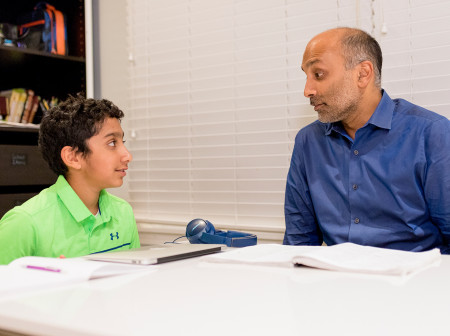
Reader Responses
This is awesome. I started setting up an altar two years ago in memory of my grandmother. How can we find out details of your classes?
—Rick Planos '23 CERT, Evanston, via Northwestern Magazine
Absolutely brilliant! And this article could not be more timely. In our tumultuous and perilous times, our ancestors have much to teach us about resilience, perseverance and maintaining our humanity. Celebrating Dia de los Muertos is a way to ensure that we stay grounded, no matter what happens. Thank you for this piece.
—Jim Sanders '73 MA, '80 PhD, Elizabethtown, Pa., via Northwestern Magazine
No one has commented on this page yet.
Submit a Response